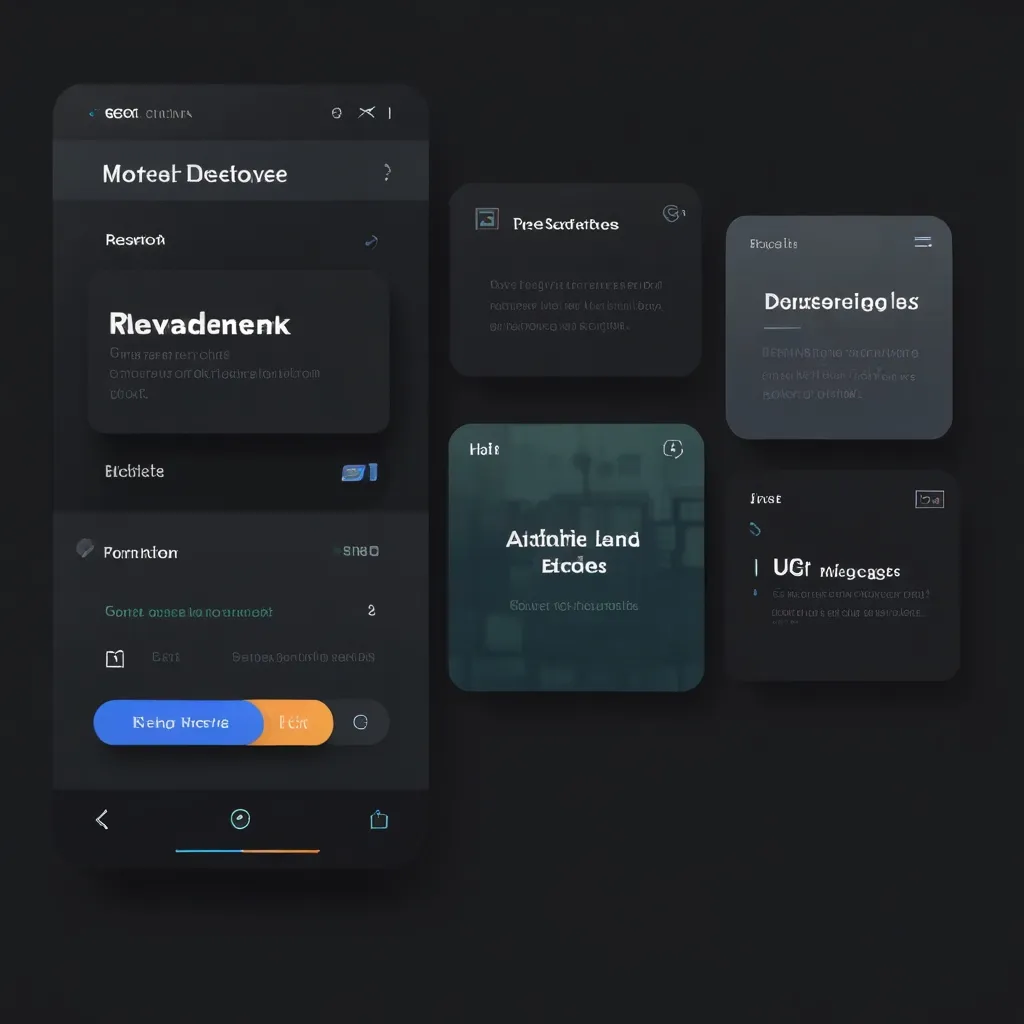Ever played with Legos? You start with those tiny bricks and end up crafting some epic castle or spaceship. Finatra is like that, but instead of plastic blocks, you’re building awesome microservices using Scala. It’s got this lightweight vibe and runs on Twitter’s Finagle and TwitterServer, making it snappy and effective.
Getting Your Gear Ready
Before diving into building stuff with Finatra, you gotta get your workspace sorted. Think of it as gathering your tools before starting on a DIY project. You’ll need Scala (2.12 or later is ideal) and JDK 8 or up. Plus, having an IDE like IntelliJ IDEA is like having a comfy workbench to build on.
First Steps: Crafting Your Finatra App
Making your first Finatra app is something you can be proud of, just like framing that first dollar bill you ever earned. You start by setting up an HTTP server. Here’s a super simple example to get you going:
import com.twitter.finatra.http._
class ExampleServer extends HttpServer {
override def configureHttp(router: HttpRouter): Unit = {
router.add[ExampleController]
}
}
class ExampleController extends Controller {
get("/") { request: Request =>
"<h1>Hello, world!</h1>"
}
}
In this little snippet, ExampleServer extends HttpServer, and ExampleController sets up a basic route responding with “Hello, world!“. Easy peasy, right?
Controllers & Endpoints: The Real Deal
Controllers in Finatra are like the traffic cops of your app, directing incoming requests to where they need to go. You can set up all sorts of endpoints for various HTTP methods: GET, POST, PUT, DELETE—you name it. Here’s a taste:
class UserController extends Controller {
get("/users") { request: Request =>
"<h1>Users List</h1>"
}
post("/users") { request: Request =>
"<h1>User Created</h1>"
}
get("/users/:id") { request: Request =>
"<h1>User Details</h1>"
}
}
See? Each endpoint handles different tasks, like listing users, creating new ones, and fetching details. It’s as straightforward as arranging those Legos by color.
Injecting Dependencies the Guice Way
Finatra plays nicely with Google Guice, a nifty tool for dependency injection. It helps keep your code clean and testable, making your app more like a well-oiled machine. Here’s the drill:
import com.google.inject.Inject
class ExampleController @Inject()(userService: UserService) extends Controller {
get("/users") { request: Request =>
userService.getUsers()
}
}
In this scenario, ExampleController gets an instance of UserService, allowing it to fetch the goods, i.e., the users.
Testing: Making Sure It All Works
Testing your app is like taking your bike for a test ride after fixing it. Finatra’s built-in testing framework, EmbeddedHttpServer, makes writing tests a breeze. Here’s an example:
import com.twitter.finatra.http.EmbeddedHttpServer
import com.twitter.finatra.http.EmbeddedHttpServerTest
class ExampleControllerTest extends EmbeddedHttpServerTest {
override def createServer = new ExampleServer
test("GET / should return Hello, world!") {
val response = server.httpGet("/")
assert(response.contentString == "<h1>Hello, world!</h1>")
}
}
With this setup, you make sure your / endpoint responds with “Hello, world!”, just like a quick test spin confirms that your bike’s tires are properly inflated.
Logging & Monitoring: Keeping an Eye on Things
Logging in Finatra is powered by SLF4J with Logback, kind of like surveillance cameras for your app. Here’s how you set it up:
import com.twitter.util.Local
import org.slf4j.Logger
import org.slf4j.LoggerFactory
class ExampleController extends Controller {
private val logger = LoggerFactory.getLogger(getClass)
get("/") { request: Request =>
Local.letClear {
logger.info("Handling GET request")
"<h1>Hello, world!</h1>"
}
}
}
This snippet ensures you’re logging key actions, helping you diagnose and troubleshoot like a pro.
Handling JSON & Validation
JSON is like the lingua franca of web APIs. Finatra supports JSON through Jackson, making it super easy to define and validate JSON models. Check this out:
import com.twitter.finatra.json.FinatraObjectMapper
case class User(id: Int, name: String)
class ExampleController extends Controller {
private val mapper = FinatraObjectMapper
post("/users") { request: Request =>
val user = mapper.fromJson[User](request.contentString)
"<h1>User Created</h1>"
}
}
Here, you’re parsing JSON data into a User case class, processing it directly like a chef tossing together ingredients for a quick meal.
Venturing into Thrift Territory
Besides HTTP, Finatra supports Thrift services, perfect for RPC (Remote Procedure Call) communications. Here’s how to whip up a Thrift server:
import com.twitter.finatra.thrift._
class ExampleThriftController extends Controller(MyThriftService) {
handle(MyFunction).withFn { request: Request[MyFunction.Args] =>
// Handle the Thrift request
}
}
class ExampleThriftServer extends ThriftServer {
override def configureThrift(router: ThriftRouter): Unit = {
router.add[ExampleThriftController]
}
}
This setup is like adding another puzzle piece, ensuring your app can communicate across different services seamlessly.
The Community & Ecosystem
Finatra is backed by a vibrant community—think of it as a bustling marketplace with tons of tools, libraries, and advice. From Gitter chats to mailing lists and GitHub contributions, there are plenty of resources to tap into. This strong ecosystem means you’re never building alone; there’s always a community ready to help.
Wrapping It Up
Building with Finatra feels like working on a creative project with top-notch tools at your disposal. From its lightweight and efficient core to integration with Guice for dependency management, and powerful testing support, Finatra has you covered. Whether it’s HTTP or Thrift services you’re crafting, Finatra’s features help you get things done efficiently and elegantly. It’s time to roll up those sleeves and see where Finatra can take your next microservice adventure.






